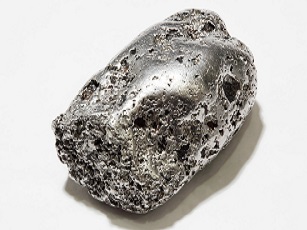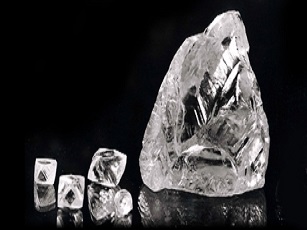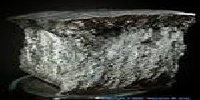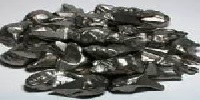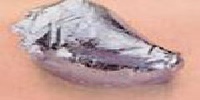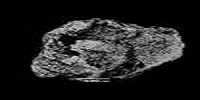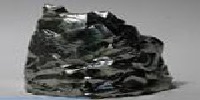Ruthenium Mining
RUTHENIUM MINING:
Ruthenium is a rare metal that occurs at about 0.001 ppm in the Earth's crust. It is found in natural alloys with other noble metals in minerals such as iridosmine (containing 14.1% ruthenium) and siserskite (containing 18% ruthenium), as well as in various natural isotopes.
MINING:
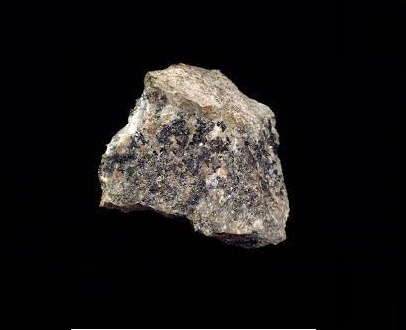
The ruthenium found in natural alloys cannot be used for the commercial production of ruthenium. Ruthenium can only be extracted from copper sulfide and nickel ores, as they contain ruthenium and other platinum group metals as impurities. Ruthenium is mined and extracted in the byproduct mines of copper and nickel.
Copper and nickel ores containing ruthenium are mined using both surface and underground mining methods. Chalcocite and chalcopyrite are the major ores mined primarily for extracting ruthenium.
In surface mining, open pit mining is followed by a step-down benching process where the mines are drilled and blasted. Open pit mining is less expensive for ruthenium extraction and is widely practiced.
Underground mining is utilized in areas where the ores are deep within the Earth's surface. It is an expensive process conducted only in areas with high-quality ores. Reduced wastage and health risks are advantages of underground mining. This method of ruthenium mining is employed on a small scale.
The major ruthenium-containing ores are found in pentlandite in Sudbury, Ontario, Canada, and in pyroxenite in South Africa.
Processing and extraction:
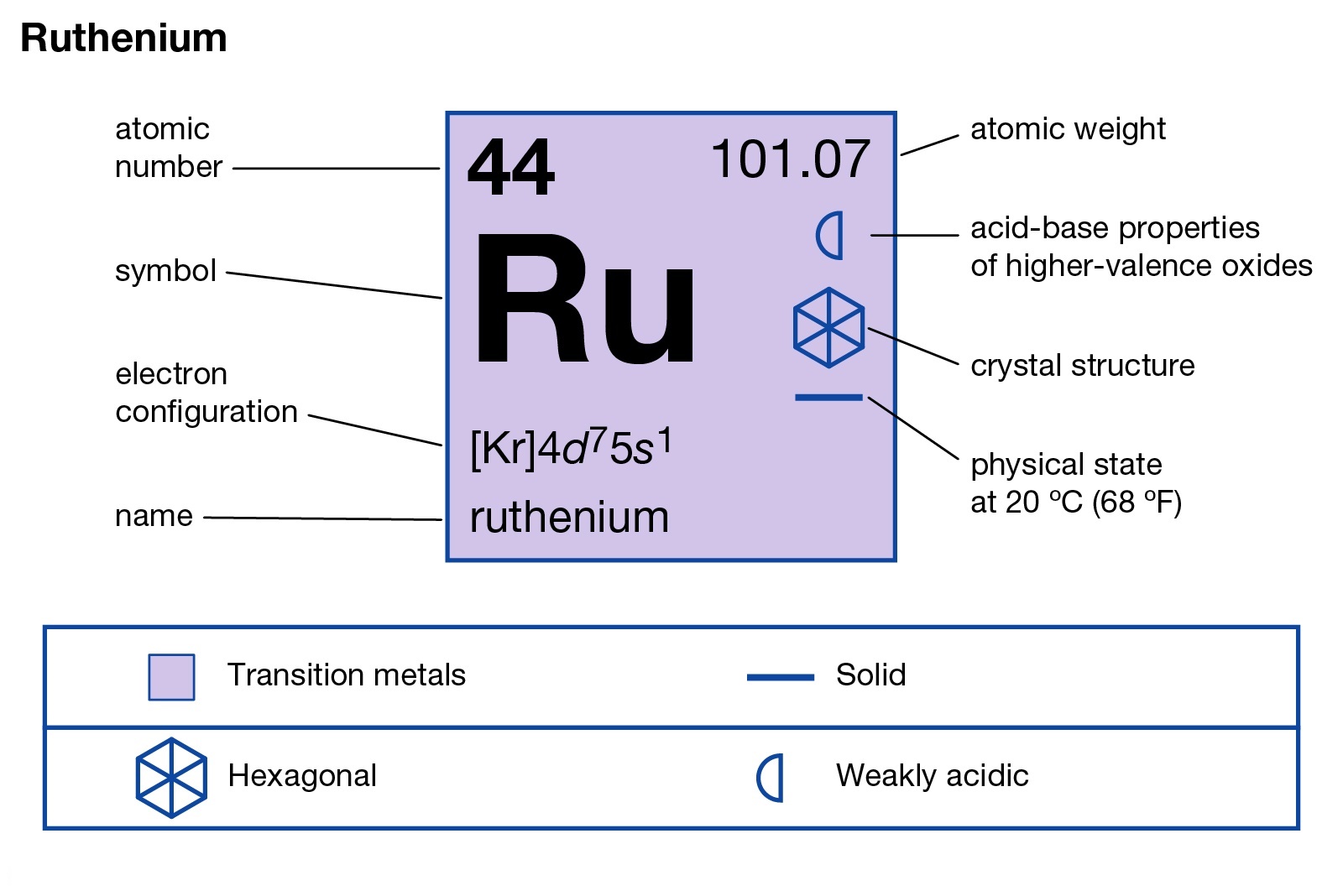
The collected ores of copper and nickel bearing ruthenium are milled and crushed into small particles. Then, the crushed small particles, along with gangue, undergo roasting, smelting, and electrolytic refining to remove impurities. During electrolytic refining, noble metals such as gold, silver, platinum, osmium, ruthenium, iridium, rhodium, and non-metals such as selenium and tellurium settle down as anode mud inside the electrolytic cell. The collected anode mud is the initial component for ruthenium production. It is dissolved into a liquid solution by adding sodium peroxide (Na2O2).
Next, the mixture is dissolved in aqua regia or chlorine with concentrated hydrochloric acid, with the scale of acid usage based on the composition of the anode mud mixture. After this step, gold, platinum, and other non-metals dissolve in the concentrated acid mixture, leaving ruthenium, osmium, iridium, and rhodium as a solid residue. This solid residue is then treated with sodium bisulfate (NaHSO4) to remove rhodium from the mixture.
The remaining mixture consists of insoluble osmium-ruthenium-iridium composites, which are treated with sodium oxide. Iridium remains insoluble, producing water-soluble osmium-ruthenium salts. The immiscible iridium solution is then separated from the osmium-ruthenium salts by liquid-liquid extraction. The salts are oxidized to RuO4 and OsO4. Ruthenium is isolated from osmium tetroxide by reacting or dissolving it with ammonium chloride and organic solvents, resulting in a precipitate (NH4)3RuCl6.
Later, the resulting precipitate is reduced by hydrogen to produce ruthenium metal in sponge form. The sponges are crushed and processed into pure metal powder using powder metallurgical techniques.Additionally, ruthenium can be produced by nuclear transmutation of technetium isotopes in laboratory settings.The major ruthenium-producing countries are South Africa, Russia, and Canada.
DEFINITION:
Ruthenium is a chemical element with the symbol Ru and atomic number 44. As a rare transition metal of the platinum group on the periodic table, ruthenium is often found in association with platinum ores and utilized as a catalyst in certain platinum alloys.
PROPERTIES:
Ruthenium exhibits four crystal modifications and remains unreactive at normal temperatures; however, it readily oxidizes upon exposure to air to form ruthenium tetroxide (RuO4), a potent oxidizing agent with properties similar to those of osmium tetroxide. It dissolves in fused alkalis, is resistant to attack by acids, but can be reactive with halogens at high temperatures.
Related Mining:

